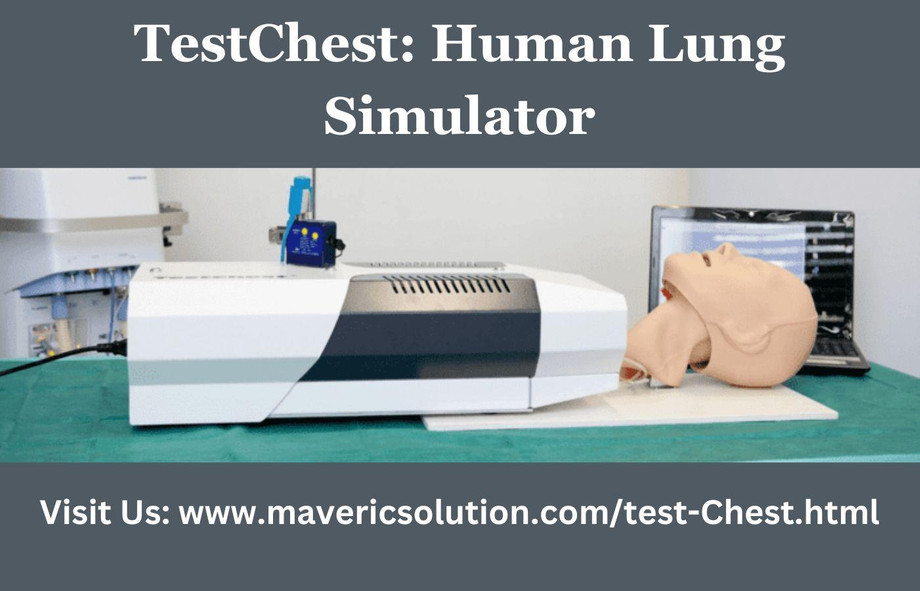Revolutionizing Medical Training: The Role of Healthcare Simulation and Advanced Manikins
In the ever-evolving landscape of healthcare, the integration of technology has become paramount in enhancing medical training methodologies. Among the most significant advancements is the utilization of healthcare simulation, which encompasses various tools such as medical training manikins and simulators. These innovations have transformed the way medical professionals are trained, offering realistic scenarios and hands-on experience in a controlled environment.
Healthcare simulation refers to the use of advanced technologies to replicate real-life medical scenarios for educational purposes. This includes simulated environments, equipment, and patient scenarios to provide learners with immersive experiences without the risks associated with live patient care. Simulation training allows healthcare professionals to practice clinical skills, decision-making, and teamwork in a safe and controlled setting.
Medical training manikins, also known as medical mannequins or simulators, are lifelike models designed to mimic human anatomy and physiology. These manikins come in various forms, from simple task trainers to high-fidelity simulators capable of replicating complex physiological responses. They can simulate a wide range of medical conditions, allowing learners to practice procedures such as intubation, CPR, and surgical techniques.
One of the key advantages of medical training manikins is their ability to provide realistic feedback. Advanced simulators are equipped with sensors and software that can detect and record the actions taken by learners. This feedback can then be used to assess performance, identify areas for improvement, and tailor training programs to individual needs. By receiving immediate feedback, medical professionals can refine their skills and enhance patient outcomes.
Furthermore, medical training manikins enable educators to create customizable learning experiences. Educators can program scenarios that reflect specific clinical situations or patient demographics, allowing learners to practice in contexts relevant to their field of expertise. This flexibility ensures that training is tailored to the needs of different specialties and can be adapted to evolving healthcare practices.
Medical training simulators encompass a broader range of educational tools beyond manikins. These include virtual reality (VR) simulations, computer-based modules, and interactive learning platforms. VR simulations, in particular, offer immersive experiences that replicate clinical environments and procedures with a high degree of realism. Learners can interact with virtual patients, perform procedures, and navigate complex medical scenarios, all within a virtual environment.
The integration of medical training simulators into curriculum has numerous benefits. They provide a cost-effective and scalable solution for training large numbers of learners, reducing the need for expensive equipment and consumables. Simulators also offer standardized training experiences, ensuring that all learners receive consistent instruction regardless of their location or access to resources.
Moreover, medical training simulators have been shown to improve learning outcomes and retention rates. Studies have demonstrated that learners who engage in simulation-based training perform better on assessments, demonstrate increased confidence in their abilities, and are better prepared to apply their skills in clinical practice. This is attributed to the hands-on nature of simulation training, which allows learners to practice skills repeatedly until mastery is achieved.
In addition to enhancing technical skills, healthcare simulation plays a crucial role in developing non-technical skills such as communication, teamwork, and decision-making. Simulated scenarios often involve multidisciplinary teams working together to manage complex medical emergencies. This fosters collaboration and improves interdisciplinary communication, which are essential competencies for delivering safe and effective patient care.
Healthcare simulation and advanced manikins are revolutionizing medical training by providing immersive, realistic, and customizable learning experiences. These innovative tools enable learners to develop clinical skills, receive immediate feedback, and practice in a safe and controlled environment. By integrating simulation-based training into curriculum, educators can ensure that healthcare professionals are well-prepared to meet the challenges of modern healthcare delivery.
Contact info
For more information please visit here: https://www.mavericsolution.com/


Comments
Post a Comment